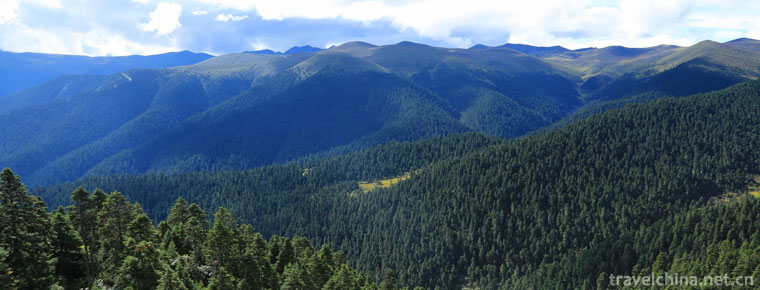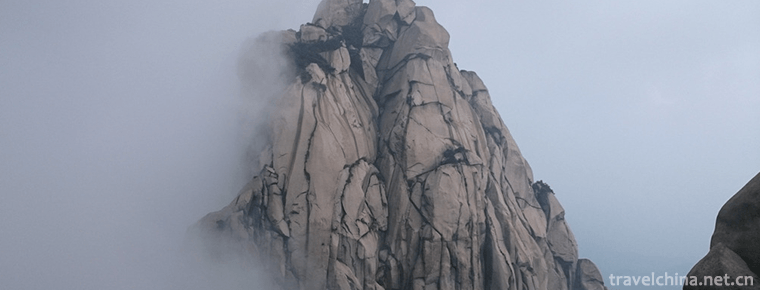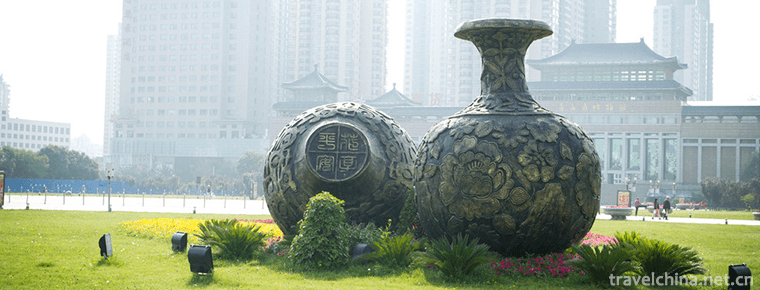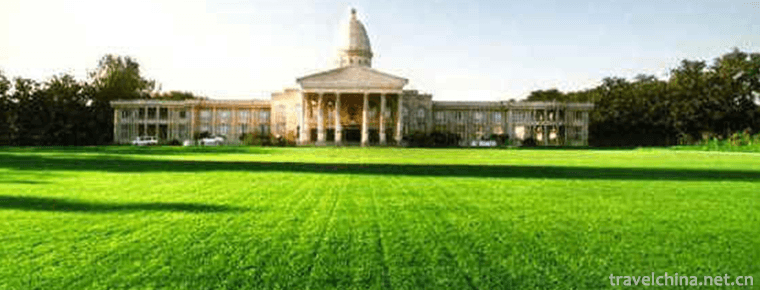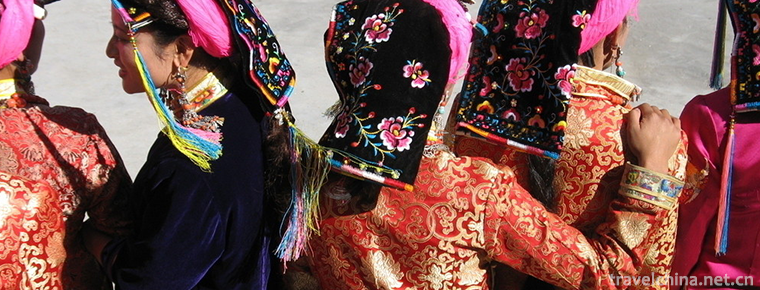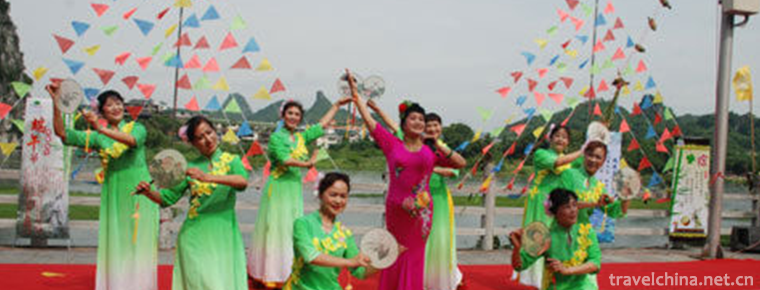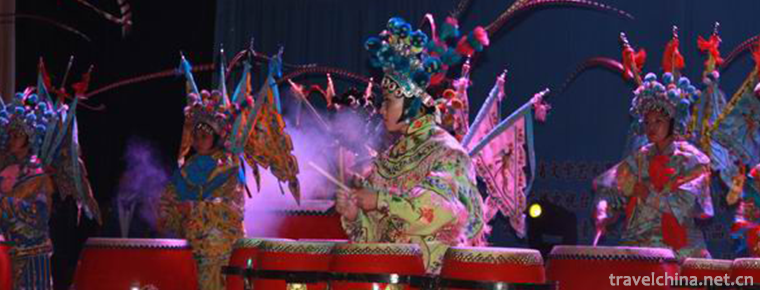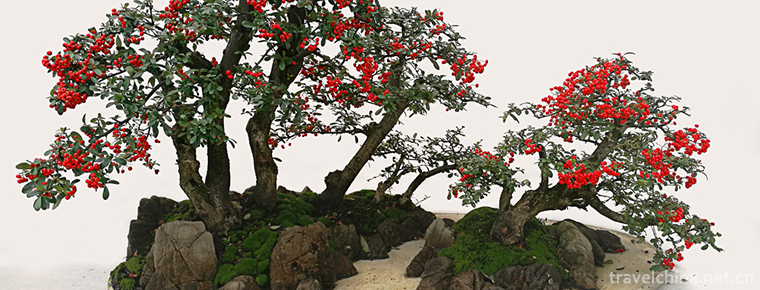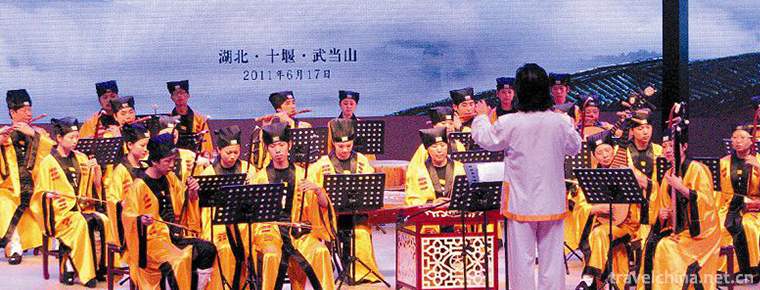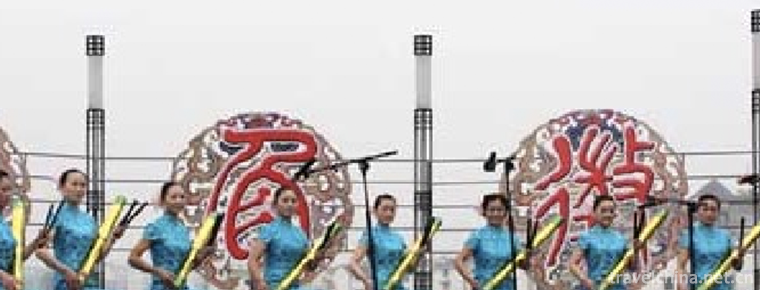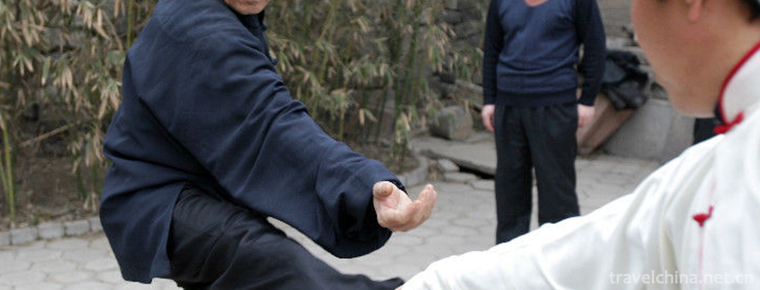Definite day harmonics
Definite day harmonics
Dingriluo Harmony Dingriluo Harmony, the second batch of national intangible cultural heritage list of the People's Republic of China. It is the main form of folk singing and dancing in Dingri County, Tibet Autonomous Region. It has a long history, strong dancing performance and unique performing style. It is a self-entertaining folk collective singing and dancing with mass character and popularization as one, and it is also an art form popular with the masses. "Luo Harmony" originated from folk dances in Houzang area. It inherited the form of local folk singing and dancing art, and was deeply influenced by multi-cultures. It also produced variations, forming a long history and unique artistic charm.
main features
"Luo Xiong" means Southern songs in Tibetan, and "Luo" refers to the nature of the region, that is, Dingri County was called "Luo" (meaning of the south) in ancient times, and "harmonious" refers to song and dance in general. It is a dynamic song, that is, a song and dance with regular rhythm.
The content of Dingri Luo Harmony is rich and colorful. The rhythm and tune of the performance are simple and honest. The movement is smooth and free. The artistic style is unique and the melody is beautiful. Dingri Luo Harmony is mainly composed of songs and Zanian Qin and Tibetan Jinghu accompaniment. It combines singing and dancing, and carries songs and dances. During the performance, men play Zanian Qin and Sanxian Qin, while women hand in hand, step by step, singing together in different classes, one after another, there is no lack of cross-combinations, and the pace is steady and solid. Accompanied instruments, while playing, singing and dancing, mainly with foot rhythm, are a comprehensive art form which integrates singing, dancing and dancing. Its music melody is rich, simple and full of life breath. It is a self-entertaining collective folk dance that the masses like to see and participate strongly.
historical origin
Dingri County in Xigaze area is the origin of Luoxi Harmony. As early as the middle of 14th century, Luo Xiong in Dingri had its manifestation in the Wanhufu period of Luoding in Yuan Dynasty, commonly known as "rural circle dance". After various strata, especially the farmers and herdsmen in Dingri, have gradually processed and standardized their work, forming a "harmonious" dance with the characteristics of Dingri, which is called "Luo harmonious". Luo Harmony originated from folk dances in Houzang area. It inherited the form of local folk singing and dancing art, and was deeply influenced by multi-cultures. It had a long history and unique artistic charm. Dingri Luo Harmony has gradually become a folk dance with strong local flavor through the continuous processing and standardization of the masses and artists in the long river of history. Its content is rich and colorful, the rhythm and tune of the performance is simple and honest, the movement is smooth and free, the artistic style is unique, the melody is beautiful. At the beginning of the 21st century, Dingri County formed a mass amateur art performance team with considerable level of literary and artistic performances, frequently participated in the cultural and artistic activities carried out in the region, and made new steps in the publicity and exchange of foreign folk culture, achieved unprecedented achievements, and enjoyed a high reputation in the whole region and even inside and outside the region.
basic content
Dingri Luo Harmony is an artistic form of singing and dancing with Zanian Qin and Sanxian Qin accompaniment. During the performance, men play Zanian Qin and Sanxian Qin, while women hand in hand and arm in step, singing together in different classes, one after another, there is no lack of cross-combination and steady pace. Accompanied musical instruments, while playing, singing and dancing, mainly with foot rhythm, are a comprehensive art form that integrates singing, dancing and music. It is also a self-entertaining collective folk dance that the masses like to hear and see with strong participation.
In the dance, Dingri Luoxie emphasized and highlighted the back beat of the quarter beat of the original folk dance, retained the middle start, the fourth and second rhythm changes, the upper body assumed a 90-degree bending and bowing posture, and the dance movements reflected the solemn and elegant ancient dance style of "Luodingri" in southwestern Tibet by swinging both arms and hands. The unique aria of "Luo Xie" is slow aria, which integrates strong trotting, spinning and leaping skills with distinct accompaniment sound to express people's warm and happy life interest. The "Luo Xie" is good at "foot boots", expressing emotion through rhythm changes on feet, and the upper body posture changes little. Male performers have more intertwined and revolving movements while playing the violin and dancing while playing the piano; the dancers are solemn and bold in temperament. When women dance, their steps are smooth and steady, accompanied by a few steps under their feet, slightly undulating upper body, and their hands flutter freely in front of their breasts, making their dancing posture elegant and light.
protective measures
At the beginning of the 21st century, the Dingri County Government gave great support to "Luo Harmony". The Xigaze Regional Culture Bureau and the Dingri County Government invested more than 50,000 yuan in equipment and made costumes for actors. There were 25 actors from farmers and herdsmen in Xieger Town. In 2006, 25 actors from farmers and herdsmen presented "Luo Harmony" on the stage for the first time in the performance of "Rainbow on Everest"; in December 2007, they performed in Shanghai; and in 2008, they participated in the performance of the Spring Festival Gala in the autonomous region. In June 2008, "Luo Harmony" in Dingri County was listed on the national intangible cultural heritage list by the State Council.
Non heritage information
Heritage Level: The Second Batch of National Non-material Cultural Heritage
Approval serial number: 684
Heritage Number: III-87
Project Name: Dingri Luohong
Applicant: Dingri County, Tibet Autonomous Region
Approval No. 19, Guofa
Approval date: 7 June 2008.

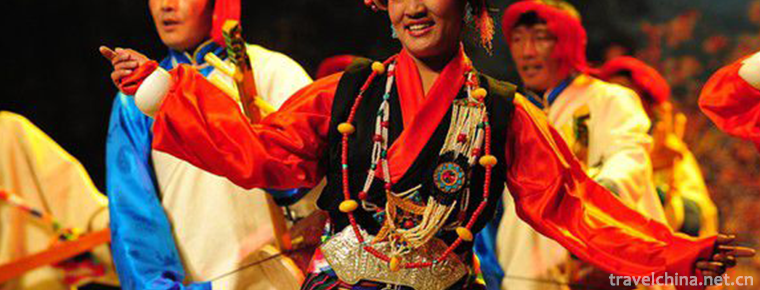
-
Mount Tianzhu Scenic Area
Tianzhu Mountain Scenic Spot, located in the west of Qianshan City, Anqing City, Anhui Province, is known as "the first mountain in the Yangtze River and Huaihe River" for its main peak.
Views: 118 Time 2018-12-08 -
Qinghai Provincial Museum
Qinghai Museum is located in the east of Xining Square in the west of Xining City. It is the first large-scale comprehensive museum with modern functions in Qinghai.
Views: 220 Time 2019-02-07 -
Shenyang Green Island Tourist Resort
Located in Tonggou Township, Sujiatun District, Shenyang City, 15 kilometers away from Shenyang City, Green Island Tourism Resort is a comprehensive multi-functional tourist area .
Views: 434 Time 2019-02-08 -
Tibetan costume
Tibetan costumes Tibetan men's clothes are divided into three categories: labor dress, superfluous dress and warrior dress. Women's clothes change greatly in festivals, major events in life and etique.
Views: 202 Time 2019-04-05 -
Guangxi Wenchang
Wenchang in Guangxi is short for Wenchang, also known as Wenjuzi and Xiaoqu. It is the traditional Solfeggio art popular in the northern Guangxi Mandarin area, especially in Guilin.
Views: 107 Time 2019-05-01 -
Liaoning wind and percussion ensemble
Liaoning drum music, commonly known as drum music. It is one of the traditional folk instrumental music in China. Liaoning drum music is divided into Suona music and Sheng wind music, and according to.
Views: 283 Time 2019-05-13 -
The technical skill of penjing
Bonsai art refers to the Soviet bonsai art, which originated in the Tang Dynasty, flourished in the Ming Dynasty, matured in the Qing Dynasty, and developed in modern times. Since the 1980s, Suzhou Bo.
Views: 236 Time 2019-06-09 -
Wudang Mountain Palace Viewing Taoist Music
Wudang Mountain Palace Taoist Music is the product of the combination of excellent traditional folk culture in Qinba area of Hubei Province and court music from Tang Dynasty to Ming Dynasty. It is the.
Views: 239 Time 2019-06-30 -
chanting of folk tales to the accompaniment of bamboo percussion instruments
Yugu Daoqing, also known as Bangbangqiangzi, is a kind of Han opera in Anhui Province. Beating fishing drums accompanied by singing has become a performance form of fishing drum sentiment. Fishing dru.
Views: 273 Time 2019-07-14 -
Elbow pounding
This is a rather mysterious school, which originated from a famous family in Linqing, and is closely related to the chivalrous spirit inherent in the Chinese people; it is a fierce school, but it has .
Views: 417 Time 2019-08-10 -
Chengdu Dien Photoelectric Technology Company
As an energetic, young crystalline materials technology company, DIEN TECH specializes in the research, design, manufacture,and sell of a series of nonlinear optical crystals, laser crystals, magneto-.
Views: 396 Time 2019-09-11
